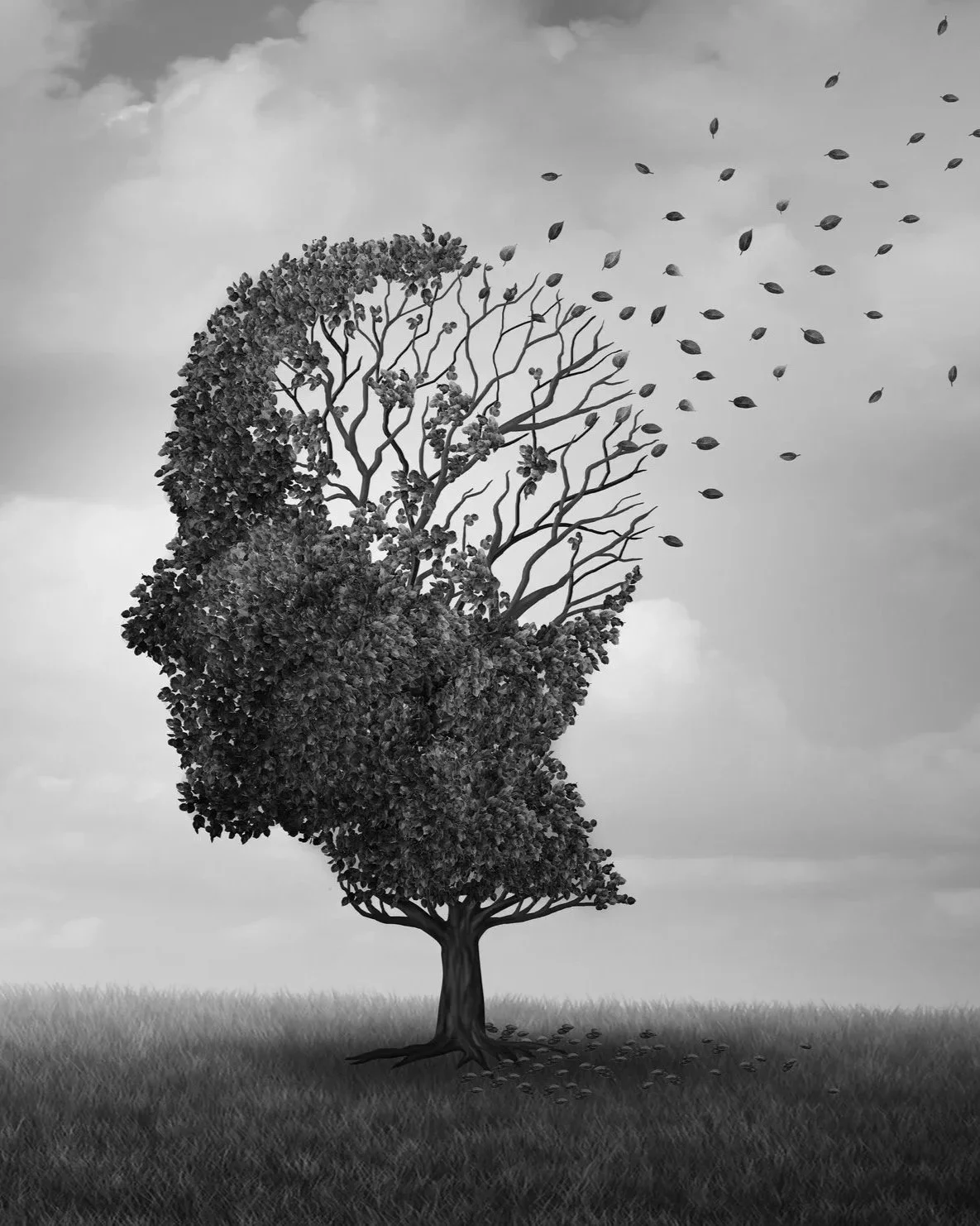IN THIS LESSON
Review of the literature.
Neurodegenerative and traumatic brain disorders pose a particularly formidable challenge in Medicine. The World Health Organization projects that traumatic brain injury (TBI) will soon be the third most frequent source of disability worldwide. Currently, there are no recognized treatments for reversing the damage of TBI. Rehabilitation and accommodation are the predominate goals.
Neurodegenerative disorders, such as Alzheimer's disease and Parkinson's disease, are characterized by the gradual deterioration and death of neurons within the central nervous system are also daunting medical challenges due to the current lack of treatments capable of stopping or reversing the advancement of the processes involved. These conditions progressively impair brain function and have proven resistant to therapeutic interventions aimed at halting or reversing their course.
The complexity of these diseases, our incomplete understanding of the underlying pathological mechanisms, combined with the limited regenerative capacity of the central nervous system, has made the development of effective treatments a significant hurdle in modern medicine.
Current treatment approaches, including pharmacological interventions, gene therapy, immunotherapy, surgical interventions, and cell therapy, have shown limited efficacy in addressing the complex pathophysiological mechanisms underlying neurodegeneration. Given that neurodegenerative conditions are characterized by extended latent phases and gradual progression, it is crucial to investigate non-invasive therapeutic approaches which can be utilized early in the latent phase, as well as in the more advanced states of pathology.
The longterm nature of these disorders necessitates gentle, sustainable interventions that can be applied over extended periods, making non-invasive physical therapies particularly promising in the management of neurodegenerative diseases and the improvement of patients' daily functioning and life quality.
Photobiomodulation (PBM) has emerged as a promising non-invasive therapeutic approach that utilizes red and near-infrared light in the 600-1200nm wavelength range. This technique has gained significant attention for its ability to stimulate, heal, regenerate, and protect tissues that are vulnerable to injury, degradation, or cell death. In the past twenty years, PBM has been increasingly recognized as an effective non-pharmacological intervention, demonstrating positive outcomes in pain management, inflammation reduction, and tissue regeneration.
The application of PBM has expanded into the fields of neurology and psychiatry, where extensive research has revealed its potential to influence brain function through both mitochondrial and non-mitochondrial mechanisms across various cell types, including neurons. This growing body of evidence suggests that PBM could play a valuable role in addressing neurological and psychiatric conditions by modulating cellular processes and promoting neural health.
However, a critical consideration in PBM therapy is the ability of light to effectively penetrate through the scalp, skull, and brain tissue to reach target areas with sufficient energy to activate therapeutic mechanisms. Recent evidence suggests that low-power LED devices may have limited penetration capability compared to higher-powered laser devices, raising important questions about optimal treatment parameters and delivery methods for achieving therapeutic benefits in neurodegenerative conditions. This introduction provides context for the significance of developing new treatments for neurodegenerative diseases while highlighting PBM as a promising therapeutic approach, though also noting important technical considerations that need to be addressed.
-
Citations:
Henderson TA, Morries LD. Near-infrared photonic energy penetration: can infrared phototherapy effectively reach the human brain? Neuropsychiatr Dis Treat. 2015;11:2191-2208.
Morries LD, Cassano P, Henderson TA. Treatments for traumatic brain injury with emphasis on transcranial near-infrared laser phototherapy. Neuropsychiatr Dis Treat. 2015;11:2159-75.
Henderson TA, Morries LD. Multi-watt near-infrared phototherapy for the treatment of comorbid depression: An open-label single-arm study. Front Psychiatry. 2017;8:187.
Shen Q, Guo H, Yan Y. Photobiomodulation for neurodegenerative diseases: A scoping review. Int J Mol Sci. 2024;25:1625.
Moro C, Valverde A, Dole M, et al. The effect of photobiomodulation on the brain during wakefulness and sleep. Front Neurosci. 2022;16:942536.
Hamblin MR. Shining light on the head: Photobiomodulation for brain disorders. BBA Clin. 2016;6:113-124.
Lapchak PA, Boitano PD, Butte PV, et al. Transcranial near-infrared laser transmission (NILT) profiles: Systematic comparison in four common research species. PLoS ONE. 2015;10:e0127580.
Cassano P, Petrie SR, Hamblin MR, et al. Review of transcranial photobiomodulation for major depressive disorder: targeting brain metabolism, inflammation, oxidative stress, and neurogenesis. Neurophotonics. 2016;3:031404.
Tedford CE, DeLapp S, Jacques S, Anders J. Quantitative analysis of transcranial and intraparenchymal light penetration in human cadaver brain tissue. Lasers Surg Med. 2015;47:312-22.
Barrett DW, Gonzalez-Lima F. Transcranial infrared laser stimulation produces beneficial cognitive and emotional effects in humans. Neuroscience. 2013;230:13-23.
Salehpour F, Rasta SH, Mohaddes G, et al. Therapeutic effects of 10-Hz pulsed wave lasers in rat depression model: A comparison between near-infrared and red wavelengths. Lasers Surg Med. 2016;48:695-705.
Naeser MA, Zafonte R, Krengel MH, et al. Significant improvements in cognitive performance post-transcranial, red/near-infrared light-emitting diode treatments in chronic, mild traumatic brain injury: open-protocol study. J Neurotrauma. 2014;31:1008-17.
Xuan W, Agrawal T, Huang L, et al. Low-level laser therapy for traumatic brain injury in mice increases brain-derived neurotrophic factor (BDNF) and synaptogenesis. J Biophotonics. 2015;8:502-11.
Johnstone DM, Moro C, Stone J, et al. Turning on lights to stop neurodegeneration: The potential of near-infrared light therapy in Alzheimer's and Parkinson's disease. Front Neurosci. 2016;9:500.
Wang X, Tian F, Reddy DD, et al. Up-regulation of cerebral cytochrome-c-oxidase and hemodynamics by transcranial infrared laser stimulation: A broadband near-infrared spectroscopy study. J Cereb Blood Flow Metab. 2017;37:3789-3802.

